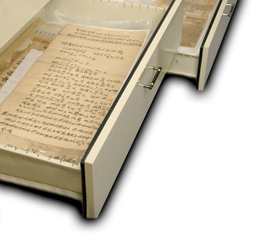|
The front page of the newspaper carried the most important news of the day, such as major international news and events, central/national policies and personnel matters. Between 1938 and 1941, front-page reports were mainly related to the political scene in China and war situations. In 1941, after Japan declared war on the United Kingdom and the United States, the front page reported on battles from around the world that had turned white-hot. Sources of these reports along with dates and places were included within parentheses beside the headlines and captions, such as 2nd, Washington, Dentsu; 14th, Kyoto, Dentsu; 9th, Tokyo, Domei. Dentsu and Domei were news agencies. Established in 1936, Domei Tsushinsha (Domei News Agency) was the merger of the Nihon Shimbun Rengosha (Associated Press) with Dentsu (Japan Telegraphic News Agency) and dominated the then political views and public opinions. During World War II, Domei developed rapidly into the official news agency of the Greater East Asia Co-Prosperity Sphere and was the source of all external news reported in Kounan Shinbun (Kounan News). In addition to major events, the front page also carried every day the basic information of the newspaper, including the publisher, the number of pages published that day, the fee for subscription and placing advertisements as well as the contact details of the newspapers headquarters and branch offices. As revealed by the printed information over the years, the annual subscription fee was 11 yuan in 1933 and rose to 19 yuan in 1943. Moreover, overseas branches expanded from the initial ones in Tokyo and Osaka to the newly occupied Xiamen, Guangdong and Hong Kong following the trajectories of southward advances of the Japanese army since 1938. (Figure 2)
Figure 3 Ship schedules and weather information usually appeared at the page bottom. Sometimes, only weather information of northern Taiwan was reported. Ship schedules were listed under respective shipping companies with details of ship names such as Horaimaru「蓬萊丸」, Yoshinomaru 「吉野丸」and Kyūdenmaru「宮殿丸」, departure times and destinations. Source: The Taiwan Shinminpo No. 836 (1933-06-19), Records of the Taiwan Shinminpo (T1119_02_018_0019). |
 |





